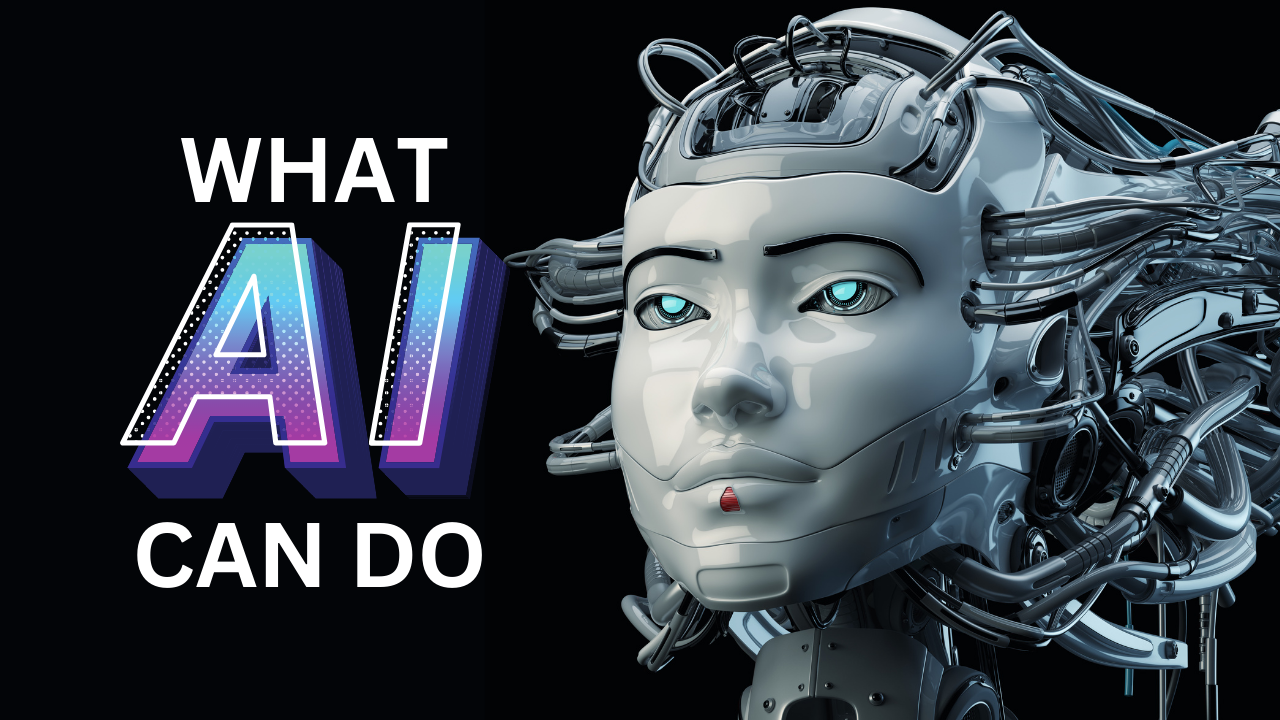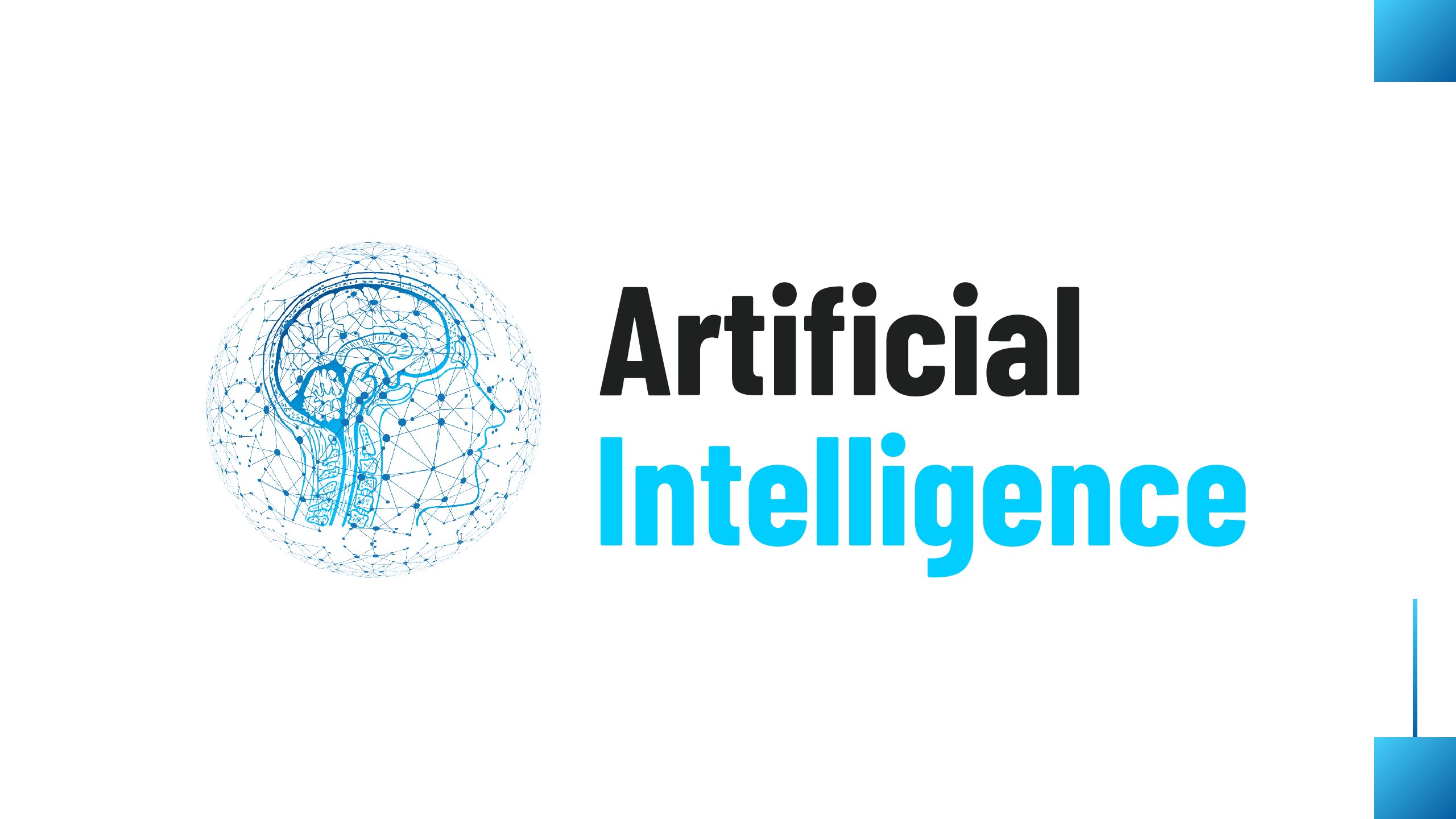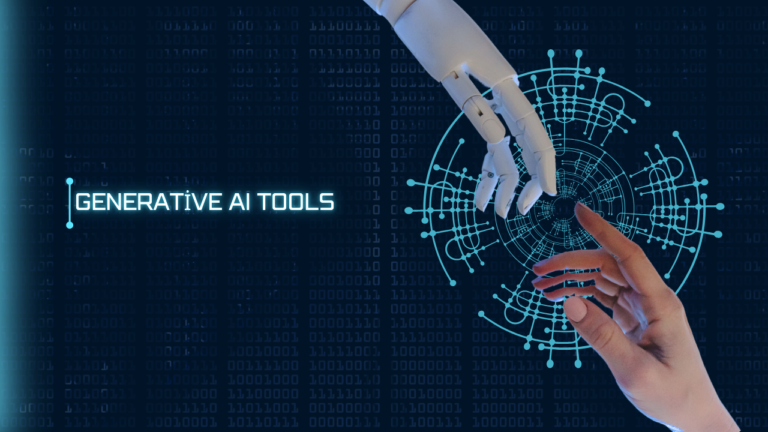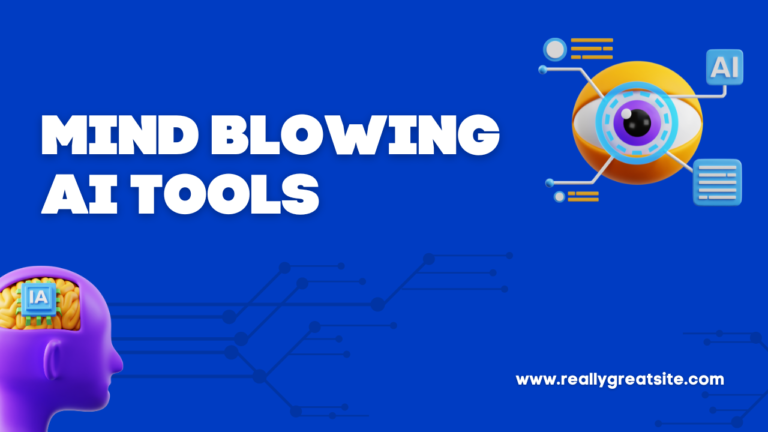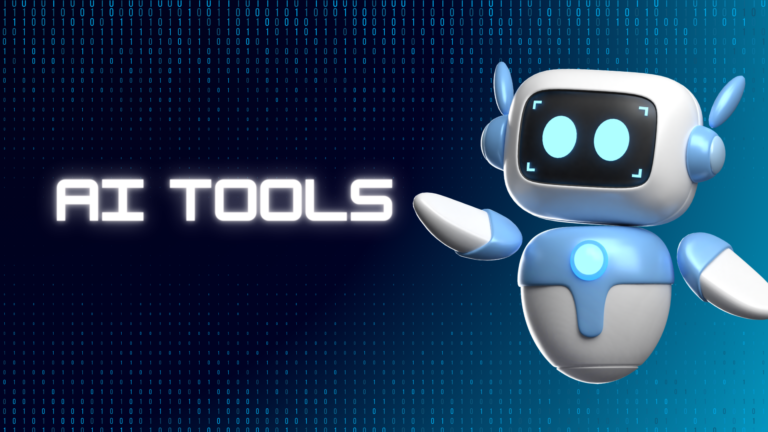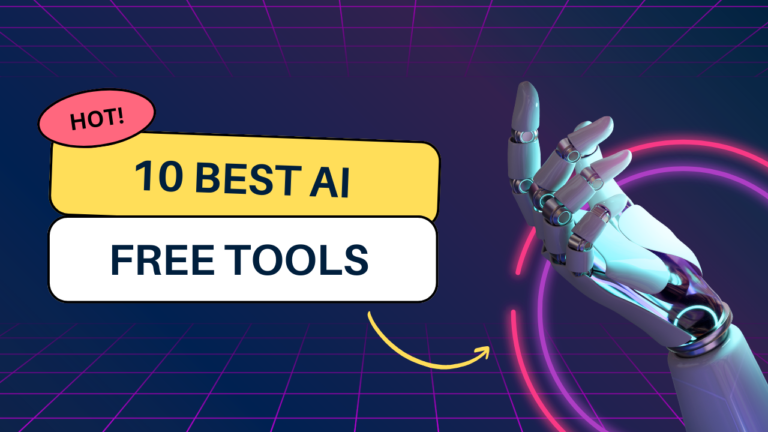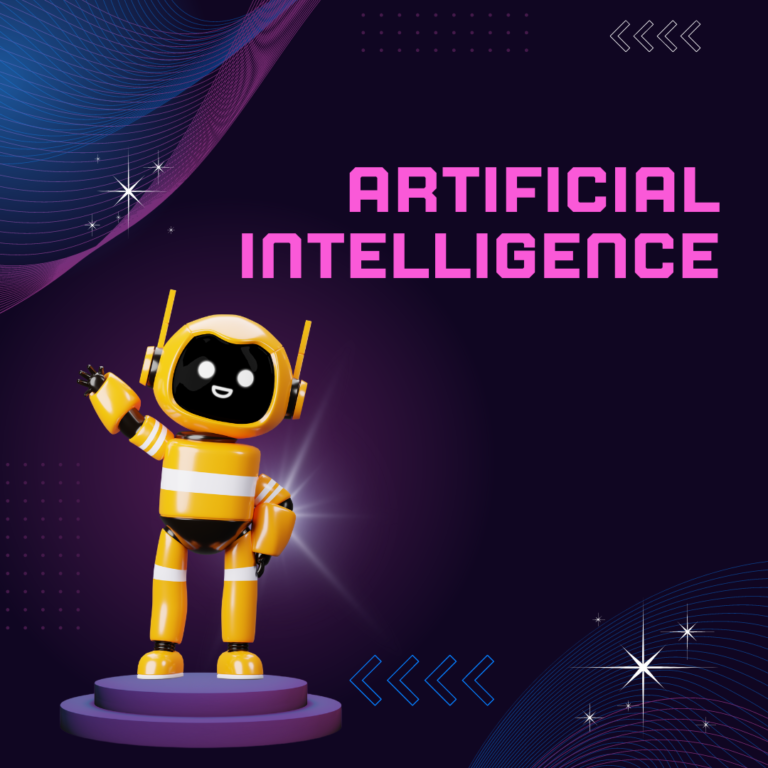Unlocking the Everyday Magic: Fascinating AI Applications You Encounter Daily
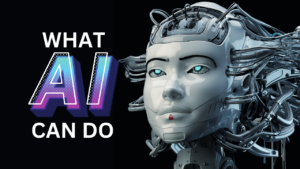 ?
?
We have covered a wide range of examples of AI in everyday life in this article, some of which we may have contributed to consciously or unknowingly.
We can see the use and examples of AI in everyday life. The truth is that we encounter artificial intelligence every day.
It is employed in the fight against elephant poaching, as acancer screening tool, and as a means of remotely detecting ancient ruins. However, AI isn’t just for use in cutting-edge research. Artificial intelligence is, in fact, present everywhere.
1. Chatbots
We’re all used to utilising different chatbots on the Internet these days. There are many different types of bots, from basic customer support bots to ones that can converse like real people. But did you know that many of the chatbots you’ve been utilizing are in fact instances of artificial intelligence?
ChatGPT is one well-known example of this. This chatbot was initially used by users as just another online friend. You might be shocked to hear that ChatGPT is actually a chatbot driven by artificial intelligence. Additionally, the business has introduced the GPT-4, an LLM that is available to Plus users.
The bot’s purpose is to mimic human responses and carry out multiple tasks. Although the chatbot was initially only used for basic conversations, it soon became apparent that ChatGPT could perform almost any task on the internet.
In addition to writing blog posts, the AI chatbot can create and debug intricate code, tell engaging tales, provide recipes, and respond to practically any query you could pose. This gives ChatGPT a great deal of ability to assist with anything. With the release of plugins by OpenAI, ChatGPT will soon even have access to the Internet. Remember that ChatGPT is one of the best examples of artificial intelligence in 2024 the next time you use it or one of its substitutes. And if you already use it, take a look at these amazing features.
2. Microsoft Bing
Although practically everyone has always used Google as their search engine of choice, Microsoft has recently updated Bing with artificial intelligence. The purpose of the newly developed AI Bing is to enable the search engine to provide sophisticated and nuanced results through its artificial intelligence. Still, Bing gains from the new Chat mode as well.
Examples of artificial intelligence from MS Bing
With Bing AI’s Chat mode, users can converse with the search engine and receive all types of search results. Similar to ChatGPT, Bing has a large feature set and can handle a lot of queries. Since its launch, Microsoft Bing has become incredibly popular; over 100 million people use the website every day. You may already have used this potent example of artificial intelligence if you’re among the many people who use Microsoft Bing AI.
3. Google Recorder, Live Captions, and Transcribe
Speech recognition is one area where AI is being used most effectively. Some of the best examples of using AI to transcribe speeches in real-time are Google Recorder and Otter.ai. In fact, Google Recorder goes one step further and transcribes speeches offline using machine learning, a subset of artificial intelligence. Everything takes place precisely and offline. Not to add, it generates a searchable note so you can quickly make changes to the transcription while you’re out and about.
In addition, Google has added Live Caption to the Chrome and Android browsers. It has the ability to provide real-time live captioning and listen to internal audio. AI makes it possible for all of this. Please take note that Live Captions only supports English at this time. The Google Live Transcribe app is another option; it provides real-time transcription of speeches in more than 80 languages. That’s fantastic, isn’t it? Not to mention, it can identify ambient noises like doorbells and fire alarms, which is beneficial for deaf and hard of hearing individuals.
4. Google Lens and OCR
One more Google AI-powered service is Google Lens, which boasts excellent optical recognition technology that is quick and precise. You can use photos to search for anything. In a matter of seconds, the camera can identify the type of subject by simply pointing it at a shoe, plant, animal, or text. It can then provide precise information about that object. The progress AI has made in the area of optical recognition makes all of this possible.
Not to add, you can simply extract text from images using Google Lens, which also has OCR capabilities. Actually, Tesseract and TensorFlow, two popular OCR software libraries, rely heavily on artificial intelligence to identify characters in images. Artificial Intelligence is actually used to power smart cropping and edge detection in apps like Adobe Scan and Microsoft Office Lens. You are thus benefiting from and actively utilizing AI in your daily life.
5. Social Media Feeds, Amazon, and Netflix Recommendations
Unfortunately, social media also heavily relies on artificial intelligence. It’s likely that you are tweeting from under your rock, even if you do live under one. If Twitter isn’t your thing, consider using Facebook, Instagram, Snapchat, or any other one of the countless social media apps available. Well, if you use social media, artificial intelligence is influencing most of your choices.
Artificial intelligence (AI) curates everything, including the feeds you see in your timeline and the notifications you get from these apps. It accomplishes this by using sophisticated algorithms that use all of your previous online activity, interactions, web searches, watched videos, and more as sample data. It then makes use of all of this to customize the encounter for you. Here, artificial intelligence is only used to create applications that are so compelling that you will return to them repeatedly. As we’ve already seen, AI is unquestionably winning the war in social media.

